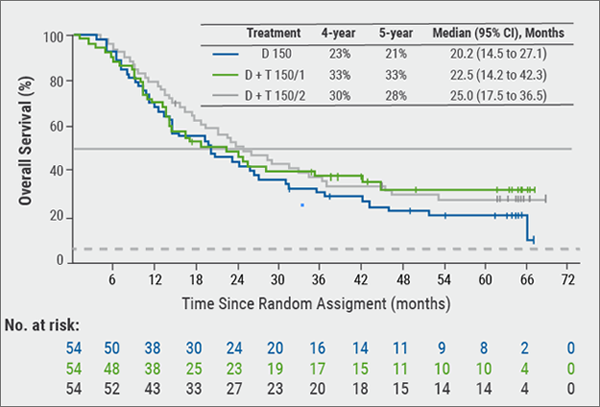The oral contraceptives norgestimate, norethindrone acetate, and drospirenone have been FDA approval for women ≥15 years of age who desire contraception and are unresponsive to topical anti-acne medications. Unfortunately, all combined oral contraceptives (COCs) increase the risk of venous thromboembolism and breast cancer [2,3].
A Japanese study showed, that spironolactone is also effective in acne [4]. In total, 64 females completed the 20-week study. All of the patients exhibited clinical improvement, which was considered excellent in 53% and good in 47% of patients [4]. Due to the development of gynecomastia in 3 males, treatment was discontinued in all male subjects. The aldosterone antagonist spironolactone has no FDA approval for the treatment of acne. Side effects are dose-related. Routine potassium monitoring is unnecessary for healthy women taking spironolactone for acne as one study showed a risk of hyperkalaemia of 0.72% in this population [5]. “To be on the safe side, you should check potassium levels in older women or in those with renal or cardiac disease,” recommended Dr Harper.
Data from a Danish drug registry has shown that there is no evidence of increased risk of breast, uterus, or ovarian cancer with spironolactone use [6]. For acne, dosages between 25 and 200 mg spironolactone should be used. “I prefer a maximum dose of 100 mg because higher doses cause higher rates of side effects,” said Dr Harper. The concomitant use of oral contraceptive lessens menstrual irregularities, the most frequent side effect during spironolactone intake. In addition, pregnancy is prevented, which is mandatory as spironolactone can lead to feminisation of male foetuses.
With both COCs and spironolactone, it can take 3 months to see a meaningful response. “However, I think we should get to hormonal therapy faster, also to spare antibiotics,” concluded Dr Harper.
1. Harper JC. Session S043, AAD Annual Meeting, 1-5 March 2019, Washington DC, USA.
2. Reidl RL. J Obstet Gynecol Can 2011;33:1150-55.
3. Morch et al. New Engl J Med 2017;377:2228-2239.
4. Sato et al. Aesth Plast Surg 2006;30:689-694.
5. Plovanich M et al. JAMA Dermatol 2015;151:941-944.
6. Biggar RJ et al. Cancer Epidemiol 2013;37:870-875.
Posted on
Previous Article
« Surgical treatment for selected vitiligo cases Next Article
Psoriasis and Biologics: The Beat Goes On »
« Surgical treatment for selected vitiligo cases Next Article
Psoriasis and Biologics: The Beat Goes On »
Table of Contents: AAD 2019
Featured articles
Letter from the Editor
Interview with AAD president Prof. George J. Hruza
Late-Breakers
Secukinumab maintains improvements in psoriasis through 5 years of treatment
Bermekimab – a future treatment for atopic dermatitis?
JAK1/2 inhibitor effective in alopecia areata
Novel anti-IgE drug enables durable urticaria control
Dual IL-17A and IL-17F blocker leads to unprecedented response rates in psoriasis
Thicker AK lesions benefit from laser pretreatment with high channel density
New standardised cantharidin product against molluscum contagiosum efficacious in two phase 3 trials
Bruton’s tyrosine kinase inhibitor highly effective in pemphigus vulgaris
Serlopitant reduces pruritus associated with psoriasis
Atopic Dermatitis: Many New Therapies in the Pipeline
New and emerging atopic dermatitis therapies
Food triggers eczema – an imperturbable belief of patients
Psoriasis and Biologics: The Beat Goes On
Psoriasis and Biologics: The Beat Goes On
JAK Inhibitors: A New Frontier in Dermatology
JAK inhibitors: a new therapeutic tool for dermatologists
JAK inhibitors: a pathogenesis-directed therapy for alopecia areata
Can JAK inhibitors close the current therapeutic gap in AD?
Hair Loss: No Reason for Therapeutic Nihilism
Hair Loss: No Reason for Therapeutic Nihilism
Vitiligo: The Beginning of a New Era
Vitiligo in children
Surgical treatment for selected vitiligo cases
JAK-inhibitors: an emerging treatment option for vitiligo
What's New and Hot in Acne
Should we use more hormonal therapy?
Pearls of the Posters
Pemphigus patients prone to osteoporosis
Intralesional 5-fluorouracil induced high clearance rates in cutaneous squamous cell carcinoma
Related Articles

December 20, 2018
CNNs and targeted combination therapy
November 19, 2021
IFN-γ signature predicts response to immunotherapy
December 2, 2021
Expanding the toolbox: what is new in melanoma detection?
© 2024 Medicom Medical Publishers. All rights reserved. Terms and Conditions | Privacy Policy
HEAD OFFICE
Laarderhoogtweg 25
1101 EB Amsterdam
The Netherlands
T: +31 85 4012 560
E: publishers@medicom-publishers.com

